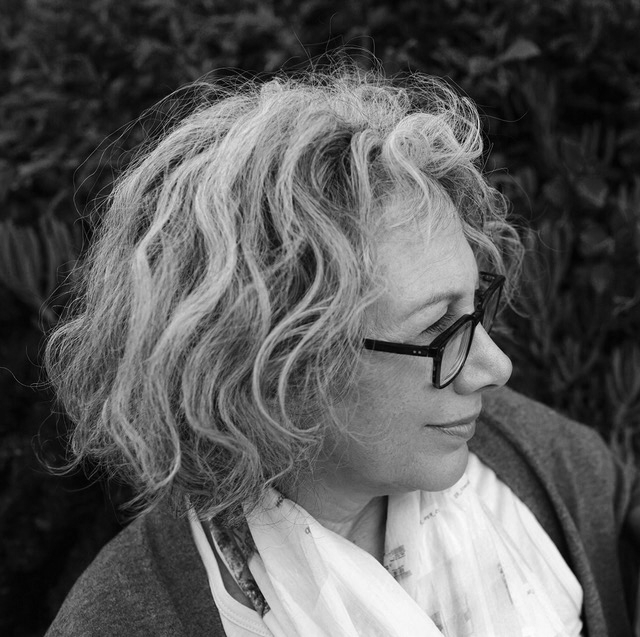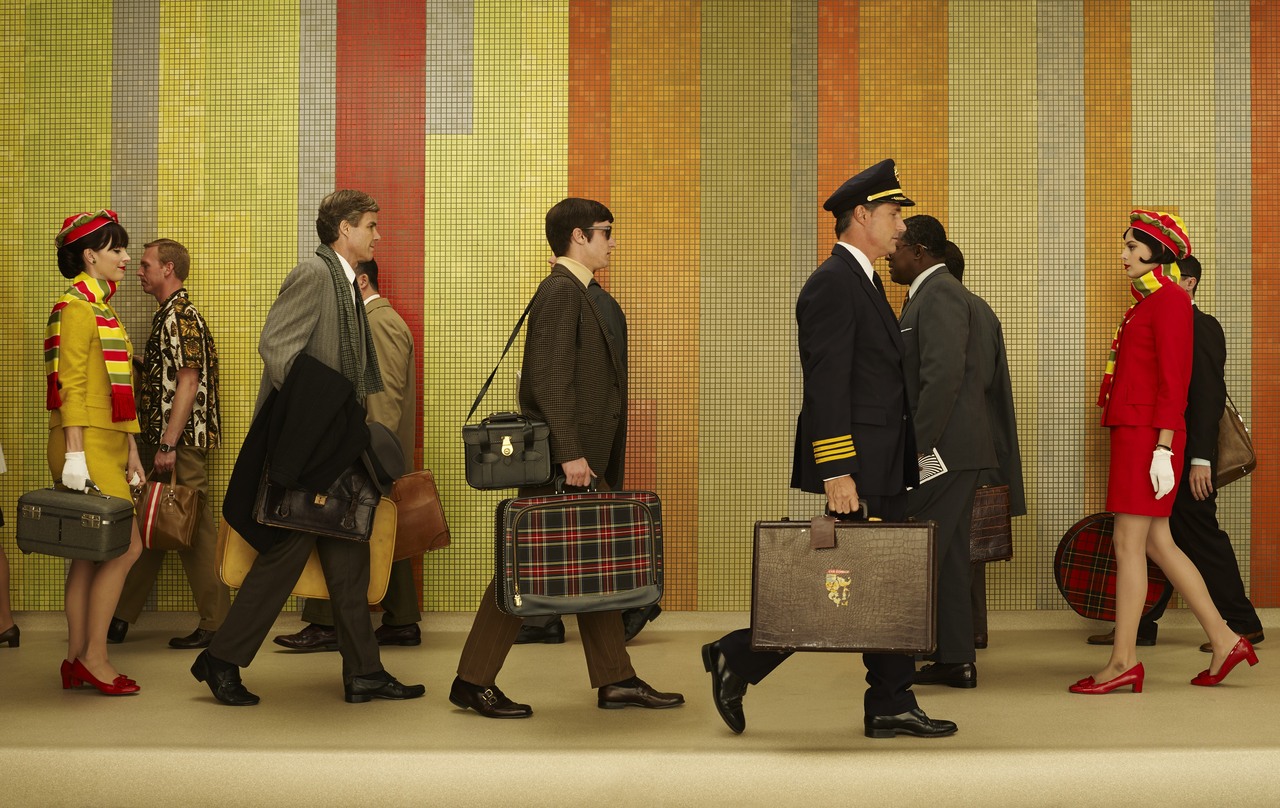
A still from Mad Men. (Photograph by Frank Ockenfels 3/AMC)
This is the story of the tiled murals that traverse the long, long, long corridors of Terminals 3, 4, and 6 at Los Angeles International Airport (LAX). The ones that if you haven’t seen in person, you’ve probably witnessed being featured as an iconic LA landmark in the AMC series Madmen, blog postings, or films such as Point Blank, The Graduate, or Airplane! This isn’t the typical design story we hear about. This is the story of a woman. And it’s a story about who gets credit for large-scale design projects. And of who remembers what and of what gets published and what becomes history. And, perhaps, this is a story not just of a woman, but of women and when their contributions weren't always considered worth mentioning.
In any case, this story is complicated.
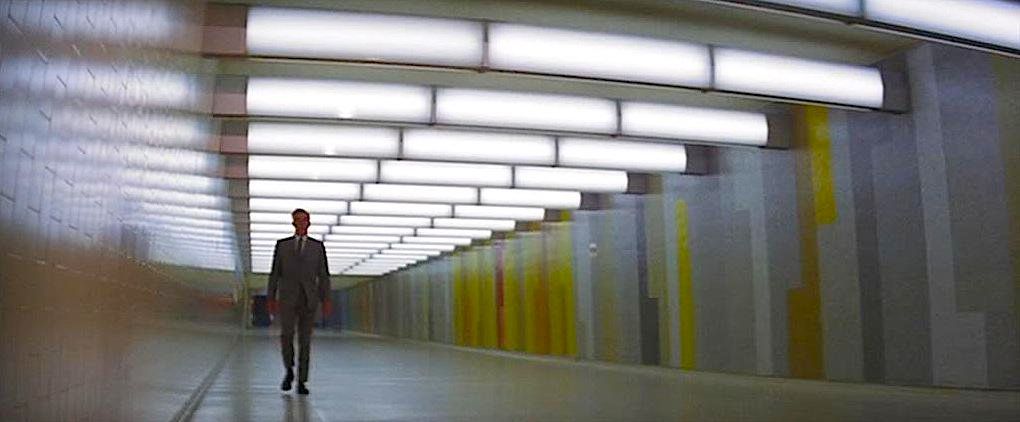
Lee Marvin in Point Blank, 1967
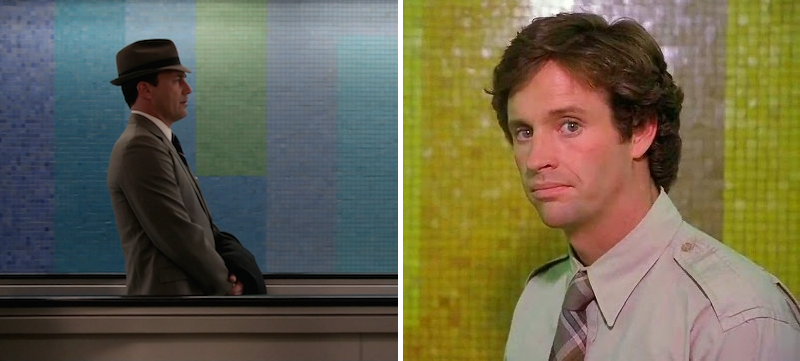
Left: John Hamm in Mad Men. Right: Robert Hayes in Airplane.
Let’s begin at the beginning, or rather my own beginning with this story. In 2014, I published a book, Earthquakes, Mudslides, Fires & Riots: California and Graphic Design 1936-1986 (Metropolis Books). The book covered the known, the unknown, the sometimes forgotten, and the sometimes unacknowledged graphic design work created in what was considered at the time backwater—aka California. The book was a glimpse of what might characterize these California graphic contributions, ranging from the iconic day-glowing Endless Summer film poster by John Van Hamersveld to an unrecognized graphic masterpiece for ABC’s 1964-65 Fall promo by John Urie and Associates as well as games titles by David Theurer, a genre uncategorized as graphic design. And it devoted an entire quarter of the book to women designers of both familiar and unfamiliar stripes. It was by no means a complete record. And it was by no means perfect.
Included in the book somewhere amidst the known, unknown, or quasi-known works were the mosaic tile murals created for LAX in 1961 and credited to Charles Kratka. The acknowledgement of Kratka as designer of this project wasn’t mine alone and the attribution is so long-standing that had been difficult to trace its origins. But Ethel Pattison (an airport information specialist for the City of Los Angeles who has been cataloging the LAX archives), Kratka’s own daughter, and Kratka’s Los Angeles Times 2007 obituary acknowledged him as the designer of those magnificent geometric compositions that originally lined the five tunnels (of which only three remain).
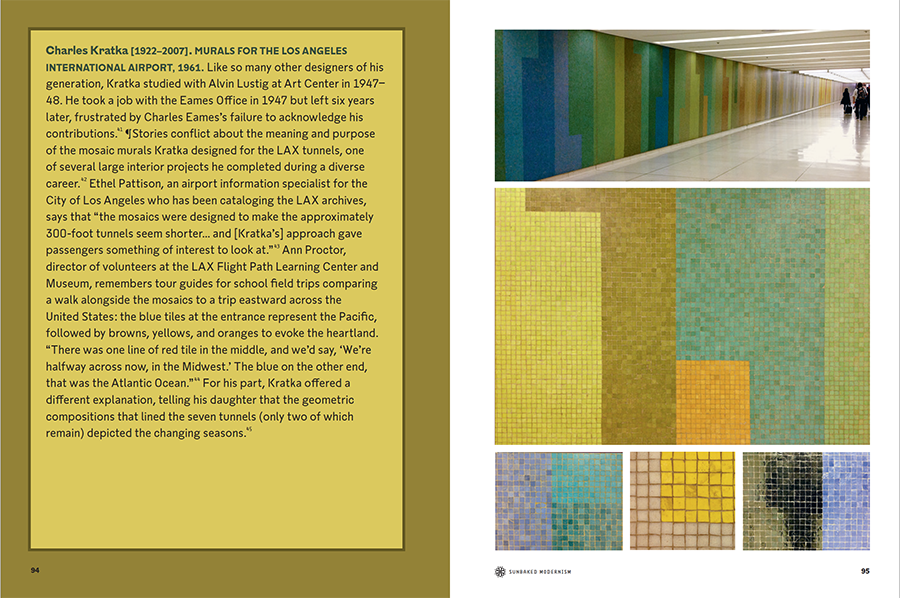
After the book came out, I received an email from Janet Bennett, claiming to have designed those murals. She claimed that she designed them while working for Kratka, who was her supervisor and Head of Interiors at Pereira and Luckman (the architectural office responsible for the design of Los Angeles International Airport). She asked me to help establish her as the credited designer of the murals. Believing that somewhere in an archive or record there is likely documentation that irrefutably proves she provided the artistic vision, I was then confronted with a myriad of challenges of establishing legitimate histories by ensuring the factual ducks line up.
Finding the considerable time to identify archives that might give credence and then to search them was the first of the hurdles. (Not everything is on the Internet.) Although I discovered some project credits as I travelled back along the road of history, it wasn’t customary until more recently to credit a litany of contributors. For example, Saul Bass always received credit for whatever was done in his office, as we saw in Sean Adams’ posting on Phyllis Tanner. Were women designers specifically overlooked? Likely, she wasn’t specifically overlooked, but that “underlings” weren’t acknowledged. There is also the issue of publishing, which is a primary means of establishing the historical record. Unless the project got the attention of the press and can be located today (often difficult because of the lack of digital indexes), “proof” becomes elusive. Wikipedia, for instance, only accepts entries authenticated by printed publications.
Here’s what I know about Bennett and why I believe she did the murals: She tells me her story and, where facts are reasonably at hand, I’ve been able to confirm them in essential generalities. But probably more significantly, Gere Kavanaugh, a 2016 AIGA medalist, vividly recalls Bennett doing the murals. I was also able to find an article that appeared in The Argus newspaper in 1971 that shows Bennett in front of a mural she designed for BART that includes tiles and a similar geometric abstraction to that of the LAX murals.
According to Janet, she studied sculpture at Cranbrook in the late 1940s and then worked for Victor Gruen & Associates (known as the “father of the shopping mall”) in Detroit. It was at Gruen that she seemed to have gained experience with large environmental design projects. As she recalls, “I was sort of an art director designing art for the [Eastland Shopping Mall]. A dream job for a girl in her 20s.”
She landed in Los Angeles after spending a few months touring the West Coast, and decided to stay. Eventually she was hired at Pereira and Luckman, which was known for prestigious large-scale architectural projects such as CBS Television City (1952) and the more moderately scaled Disneyland Hotel (1958), and which had been contracted to design LAX.
At P&L, Bennett worked on a number of projects. Recollecting her experience, “To a young artist/designer, the days…were a wonderful and creative time. I seemed to have all the time and freedom in the world to design major art features for the new airport. Looking back on it now, it seems like play.” The murals were one of a number of projects she recalls designing for the airport, although the only one realized. She described how the mosaic murals were meant to provide pleasurable distraction for someone venturing down the five tunnels, an idea that came after the original plan of moving sidewalks was scrapped. She “settled upon the experience of flying from ocean to ocean to be the theme as expressed in color and lineal shapes on one entire wall of each tunnel.” (Alfonso Pardinas likely did the exquisite Byzantine mosaic tile work—yet another overlooked but considerable artistic contribution.)
When the terminals were revealed in 1961 and the murals were made public, Bennett was no longer around and didn’t attend the unveiling. Thus, her level of contribution has been even more elusive to trace in history’s records.
Bennett’s story is not uncommon. But this Women’s History Month, the amount of media attention Bennett has received for her uncredited role in creating an iconic Los Angeles backdrop for many TV and film projects has shone a light into the hidden stories of female artists and professionals. Janet Bennett and her story deserve a moment in the graphic design sun. Let them shine.

